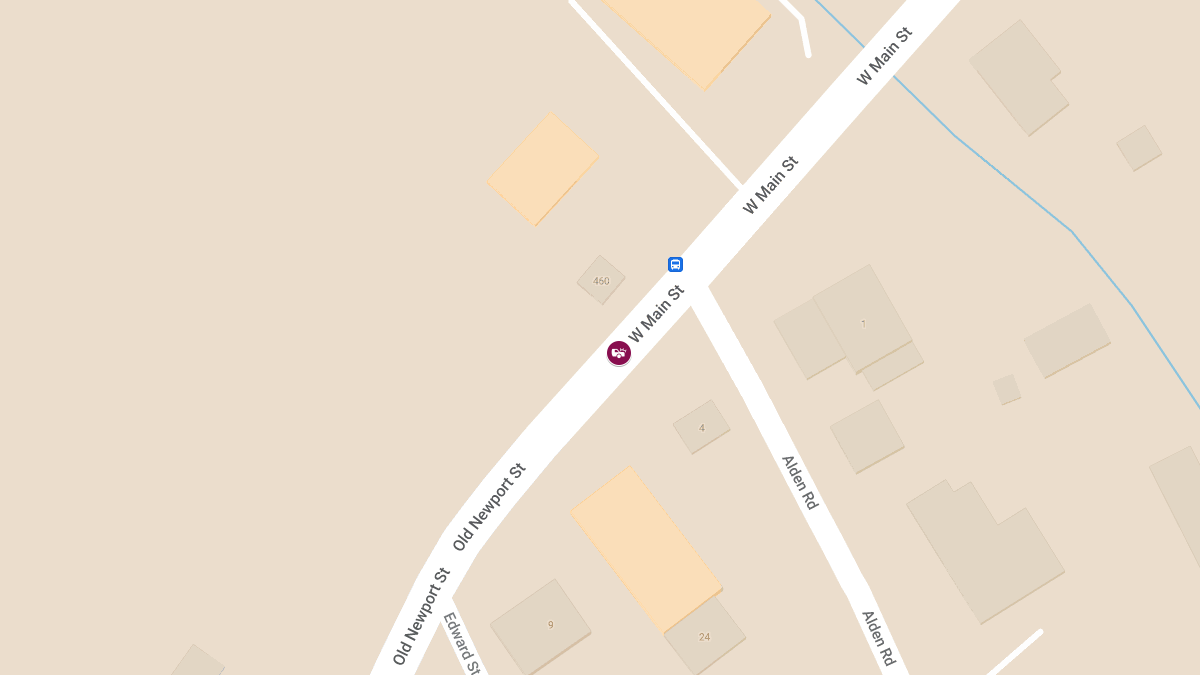Nanticoke, PA (February 25, 2025) – A vehicle crash with injuries led to the closure of West Main Street near the Turkey Hill convenience store in Nanticoke on Tuesday afternoon.
The accident was reported at approximately 4:33 p.m., prompting an emergency response from local authorities. First responders arrived to assess the injured and provide medical assistance. Officials have not yet confirmed the number of vehicles involved or the severity of injuries sustained.
Due to the crash, West Main Street was temporarily shut down as crews worked to assist those involved and clear the roadway. Authorities have not provided details regarding the cause of the accident, and the investigation remains ongoing.
Our thoughts are with those injured in this crash, and we hope for their full recovery.
Road Closures and Crash Risks in Nanticoke
Crashes in busy areas like West Main Street can create significant traffic delays and safety concerns. Intersections and commercial areas often see increased accident risks due to congestion, frequent stops, and turning vehicles.
Accidents that result in road closures indicate the severity of the crash, as emergency crews must ensure safe traffic flow while providing aid to those involved. Injured victims may face medical challenges that require treatment and recovery time, leading to financial burdens from medical bills and lost income.
Understanding legal options after a crash can help injured individuals seek compensation for their damages. If you or someone you know has been hurt in an accident, Local Accident Reports can provide resources and guidance during this difficult time.
Note: These posts are created solely for the use of Local Accident Reports. We have not verified the information in these posts as the information is gathered from secondary sources. If you have personal knowledge that the information contained in these posts is inaccurate, please contact Local…
















 Crestwood’s Jacob Feisel leaps in front of Nanticoke Area’s Mike Stachowiak (40), Mathias Mitchell (45) and RJ Brogan (2).during the District 2 Class 5A quarterfinals Tuesday. BOB GAETANO / CONTRIBUTING PHOTOGRAPHER
Crestwood’s Jacob Feisel leaps in front of Nanticoke Area’s Mike Stachowiak (40), Mathias Mitchell (45) and RJ Brogan (2).during the District 2 Class 5A quarterfinals Tuesday. BOB GAETANO / CONTRIBUTING PHOTOGRAPHER
 Crestwood’s Jacob Feisel leaps in front of Nanticoke Area’s Mike Stachowiak (40), Mathias Mitchell (45) and RJ Brogan (2).during the District 2 Class 5A quarterfinals Tuesday. BOB GAETANO / CONTRIBUTING PHOTOGRAPHER
Crestwood’s Jacob Feisel leaps in front of Nanticoke Area’s Mike Stachowiak (40), Mathias Mitchell (45) and RJ Brogan (2).during the District 2 Class 5A quarterfinals Tuesday. BOB GAETANO / CONTRIBUTING PHOTOGRAPHER